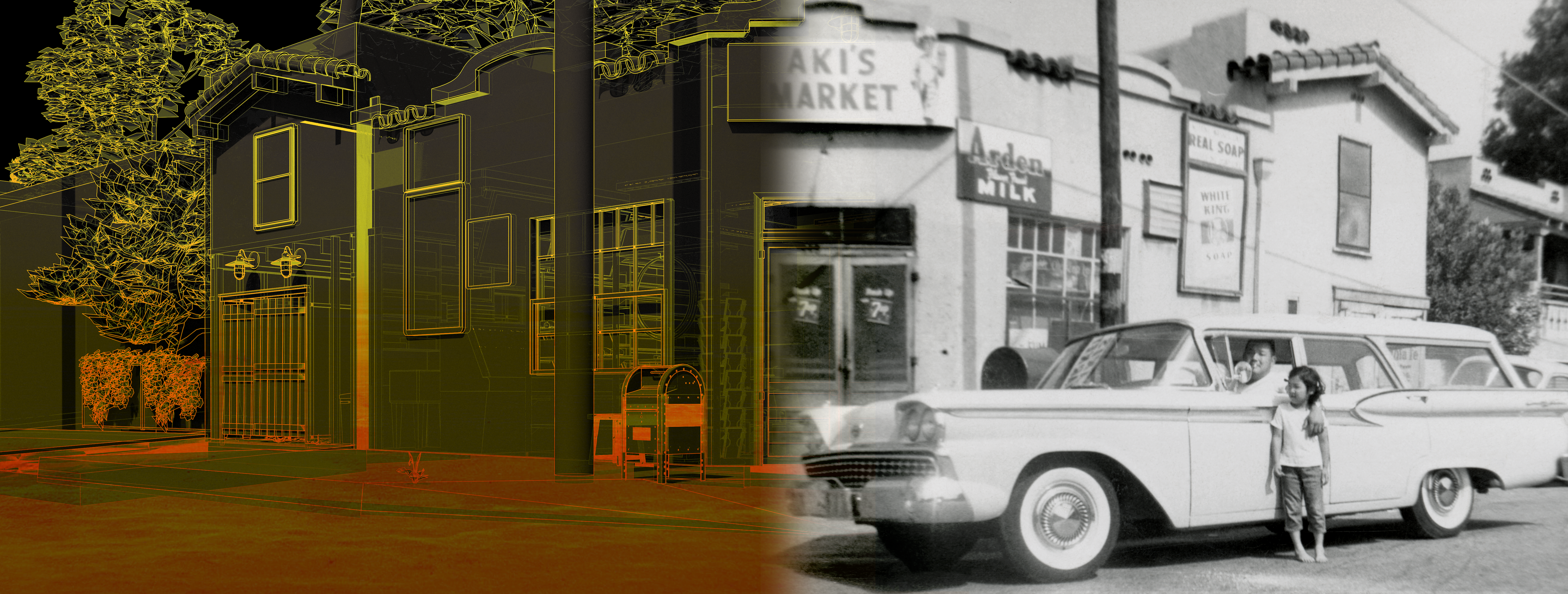
GK: My name is Glenn. Glenn Akira Kaino and I’m an artist. I was born in Los Angeles. I grew up in a suburb called Cerritos. And one of the, I’d say, more connected qualities of my youth was that my friends and I would build our own—my own toys. And we would get sort of action figures or whatever, but not be able to have or afford the vehicles or any of the settings. And so we would make all of the landscapes and, you know, my first in early introduction into making and kit bashing and the idea of using other parts for different projects was making our own toys.
My mom was a school teacher. My dad was [an] engineer, you know. My dad was entrepreneurial so he and one of his buddies out of college who was a little older than him, started an engineering firm that did, you know, pretty well. I guess, my mom, you know, sort of had a consistent job as an educator.
I’d say [we had a] conventional life, you know, as we unpack it, growing older, you know, understanding what it must have been like to not only be two generations removed from the incarceration of Japanese Americans and kind of understanding how their parents sort of lives were shaped by that [and] has taught me more about how they have shaped their lives, you know, and whatnot.





